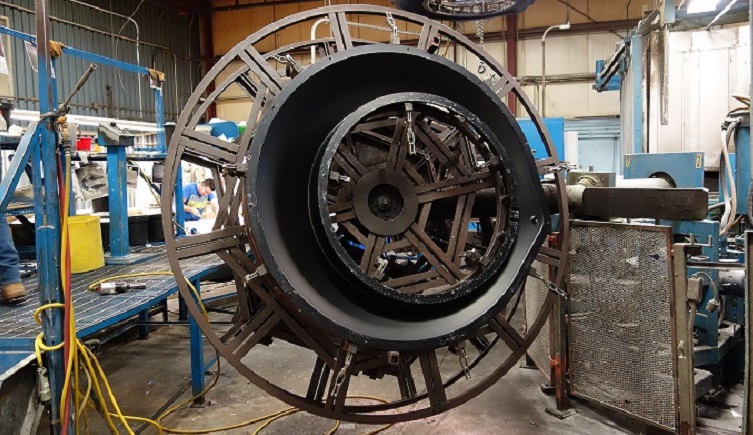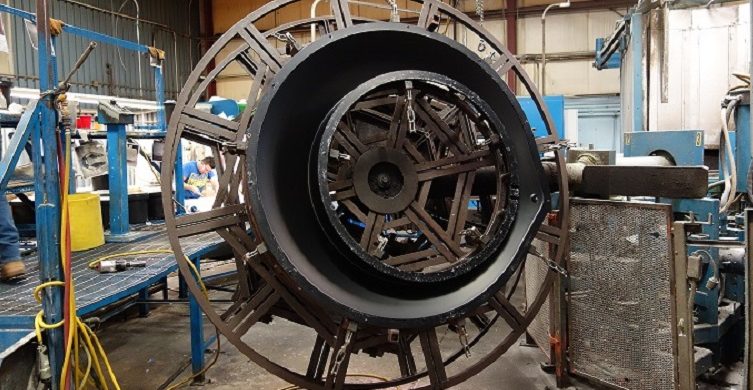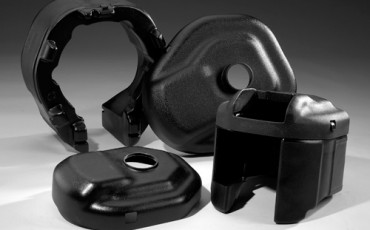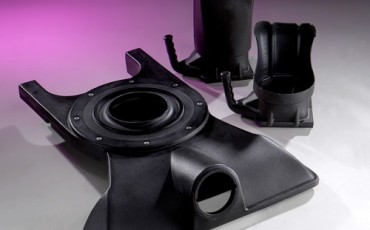
Medical device manufacturing with plastics isn’t limited to injection molding, blow molding, or any single molding or forming process . Rotational molding is a proven technique that produces strong, hollow plastic products in a variety of shapes, sizes, textures, and colors. Rotomolding, as this manufacturing method is also known, provides ten advantages for medical device designers to consider.
#1 Reduced Tooling Costs
The molds that are used in rotational molding can be made from less expensive materials because the operating pressures are relatively low. There’s no need for secondary tooling either.
#2 Faster Tooling Times
Rotomolding can use cast aluminum molds that are easier to produce than the steel tooling that’s often used in injection molding.
#3 Plenty of Plastics
Rotational molding supports the use of a wide range of plastics. Depending on the plastic that you select, your medical device can be more rigid or more flexible.
#4 Larger Part Sizes
Rotomolding supports the production of plastic parts and products in a wide range of sizes – including larger parts such as spine boards or back boards.
#5 Complex Part Shapes
Plastics molding processes like blow molding are relatively rigid and provide fewer design options. By contrast, rotational molding supports the complex part shapes that are often needed for medical devices.
#6 Colors
The high-intensity blending that’s used with rotomolding makes it easy to add or change colors. For longer runs, medical device manufacturers can choose compounded materials that are already colored.
#7 Textures
During the rotomolding process, slip-resistant textured surfaces can be molded directly into the plastic part. This eliminates secondary processing, which saves time and money.
#8 Mold-In Graphics
Rotomolded parts can feature Mold In Graphics, a permanent way to mark, label, or decorate medical devices. They are a reliable alternative to traditional stickers, which may not adhere well to plastics.
#9 Foam Filling
Rotomolded parts can be filled polyurethane foam for additional rigidity, such as with spine boards and the walls of medical cabinets. Polyurethane foam filling can also provide insulation.
#10 Uniform Walls
Finally, rotational molding supports the production of uniform walls without thinning in the extremities – a problem that’s common to many other plastics manufacturing processes.
Rotational Molding for Medical Device Manufacturing
Would you like to learn more rotational molding for medical device manufacturing? Gregstrom Corporation of Woburn, Massachusetts (USA) is a third-generation, family-owned business that combines rotational molding with value-added services such as design assistance, plastics finishing, assembly, and quality assurance.
To learn more, contact Gregstrom.



